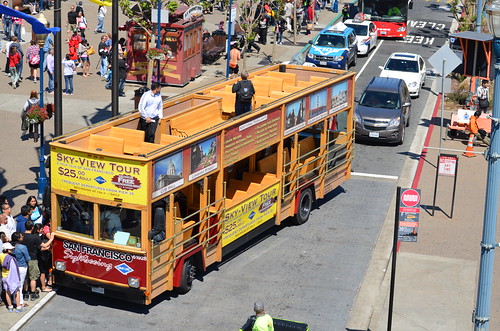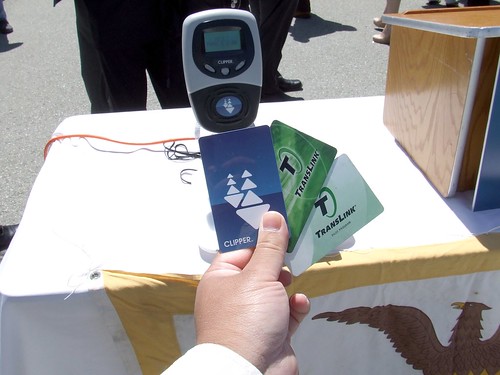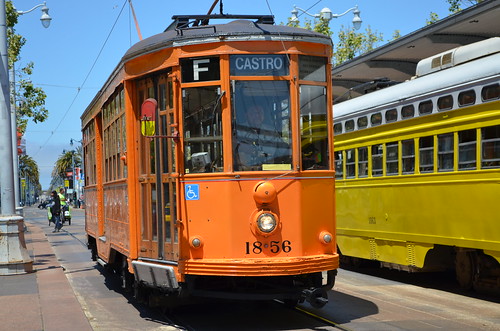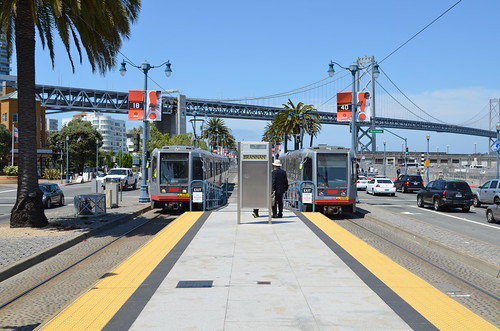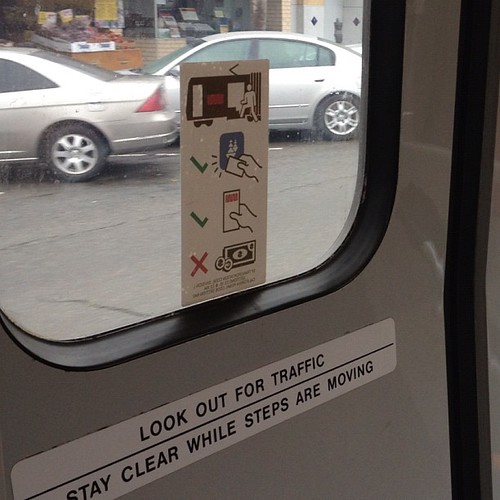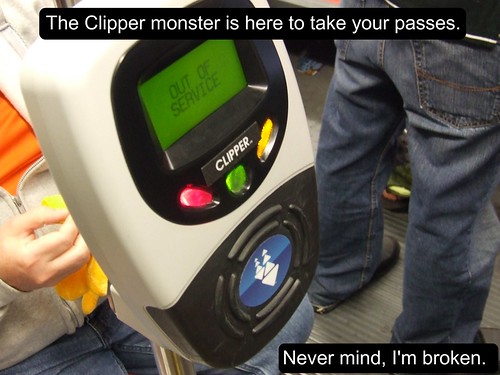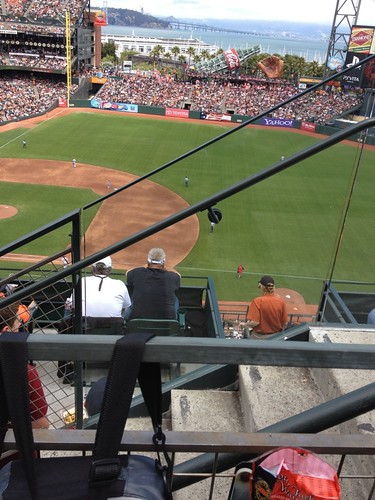Are athletic events in the city giving proper notice to people in affected communities about road closures? The answer is yes and no
In the San Francisco Transportation Code, Division I, Article 6 (Temporary Use or Occupancy of Public Streets), section 6.12 (b) states the following:
If the temporary street closing is approved, the applicant shall cause notices of the event to be conspicuously posted on both sides of the street along the entire route, at not more than 300 feet in distance apart on each street so posted, but not less than three notices on each street forming part of the route. The notices shall be posted not less than 72 hours prior to the scheduled start of the event. The applicant shall remove the notices within 48 hours after the completion of the event, or be liable for the costs of removal by the City pursuant to Article 10 of the San Francisco Police Code.
Each notice shall be headed "STREET CLOSED FOR ATHLETIC EVENT" in letters not less than one inch in height, and shall in legible characters (1) briefly describe the event to be held; (2) identify the date and time the event is to take place; and, (3) warn that the street will be closed to traffic at that time.
Some events have followed 6.12 very carefully by putting them on lamp posts and in areas lacking lamp posts (such as in Golden Gate Park) on temporary construction work A-frames every few hundred feet. The AIDS Walk in Golden Gate Park also put additional signage at main entrances to the park where closures will happen in very large metal signage at least a week in advance.
But I'm very disappointed at the SF Marathon's organizers. I regularly drive through Golden Gate Park on a daily basis and all I've noticed was just temporary barrier fencing laying down on the ground at every intersection. On Saturday, less than 24 hours before the race, I drove on eastbound Fulton to 25th Avenue, and drove through the park to the Sunset district and also noticed just barricades. There was no "STREET CLOSED FOR ATHLETIC EVENT" signage anywhere. I had to find out about road closures by reading the Chronicle and looking at the marathon's website.
Why is the city lacking the proper enforcement of posting the signage around the marathon/race routes? I feel the notices are helpful, and it's not just for people who live on the streets. When I drive by and notice the signs saying the road is closed, it makes me curious to do a little research to find out for myself. And the 72 hour policy works well, giving people at least three days advance notice to be warned to alter their route. If I didn't tell my parents to take Great Highway to get around, they'd be stuck driving in circles or fighting through the traffic valve going eastbound/westbound between 26th and 27th Avenues.
The city and athletic event organizers can do better. I know they can.
